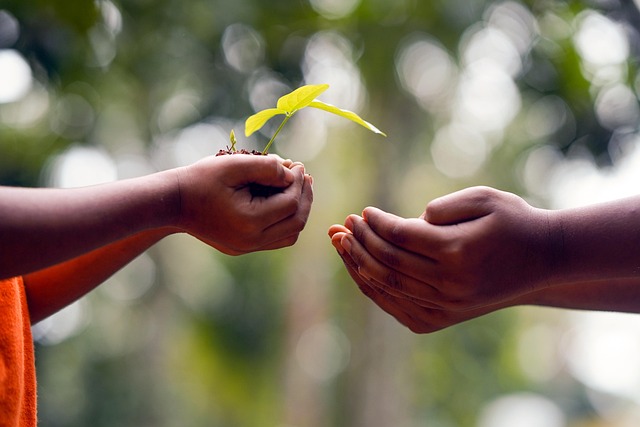Winter tree pruning in Denver is essential due to the city's harsh wind conditions and fluctuating temperatures. This strategic practice offers numerous benefits, including enhanced structural integrity, reduced risk of branch damage, and promotion of new growth come spring. Proper post-pruning care, such as monitoring hydration and applying organic mulch, ensures trees remain healthy year-round in Denver's unique climate.
In Denver, where winters can be harsh, understanding and preventing wind damage to trees is crucial. This article explores the art of safeguarding your urban forest through three key sections: “Understanding Wind Damage to Trees in Denver’s Winter,” “The Role of Winter Pruning in Prevention,” and “Post-Pruning Care Tips for Optimal Tree Health.” Discover the benefits of winter tree pruning in Denver, enhancing your trees’ resilience and ensuring a vibrant landscape year-round.
- Understanding Wind Damage to Trees in Denver's Winter
- The Role of Winter Pruning in Prevention
- Post-Pruning Care Tips for Optimal Tree Health
Understanding Wind Damage to Trees in Denver's Winter

Wind damage is a common concern for trees in Denver during the winter months, posing significant risks to their health and appearance. The city’s unique climate, characterized by strong winds and fluctuating temperatures, creates ideal conditions for tree stress and vulnerability. Branches can break or snap due to high winds, leading to potential safety hazards and unsightly damage.
Winter is an opportune time for tree care in Denver, offering several benefits to mitigate wind damage. One of the most effective strategies is pruning, which involves selectively removing dead, diseased, or weak branches. This process not only enhances the tree’s structural integrity but also improves its overall health, making it better equipped to withstand high winds. Benefits of winter tree pruning include reduced risk of severe damage and a more vibrant, robust tree in the spring.
The Role of Winter Pruning in Prevention

In the context of Denver’s climate, where winters can bring powerful storms and high winds, proper tree care becomes an essential aspect of prevention strategies. One of the most effective tools in a arborist’s arsenal is winter pruning. This seasonal practice offers numerous benefits for trees’ overall health and resilience against wind damage. By carefully removing dead, diseased, or crossing branches during the dormant months, arborists enhance the tree’s natural defense mechanisms.
The Benefits of Winter Tree Pruning in Denver include improving a tree’s structural integrity, reducing the risk of branch failure during high winds, and promoting new growth in the spring. This strategic approach not only prevents damage to properties and nearby infrastructure but also contributes to the long-term aesthetic appeal and value of landscapes. In Denver, where trees must withstand potentially severe weather conditions, winter pruning is a proactive measure that ensures these natural assets remain healthy and safe.
Post-Pruning Care Tips for Optimal Tree Health

After pruning, proper care is essential for maintaining optimal tree health, especially in Denver’s unique climate. One key tip is to keep an eye on the tree’s hydration. Winter pruning exposes internal branches, making it crucial to ensure adequate water intake during this period. Regular deep watering can help prevent damage and encourage new growth.
Additionally, applying a protective layer of organic mulch around the base of the tree can insulate the roots from extreme temperatures and reduce moisture loss, fostering overall resilience against future wind damage. This simple post-pruning routine maximizes the benefits of winter tree pruning in Denver, ensuring your trees remain strong and healthy throughout the year.
In light of the above discussions, it’s clear that understanding and addressing wind damage is crucial for maintaining healthy trees in Denver’s winters. The benefits of winter tree pruning extend beyond aesthetics; it’s a vital strategy to protect your urban forest from severe weather conditions. By implementing proper post-pruning care tips, you enable trees to thrive, ensuring they stand strong against the elements. As a result, folks can enjoy a vibrant, bustling landscape where these majestic specimens enhance our lives and contribute to Denver’s unique tapestry.
